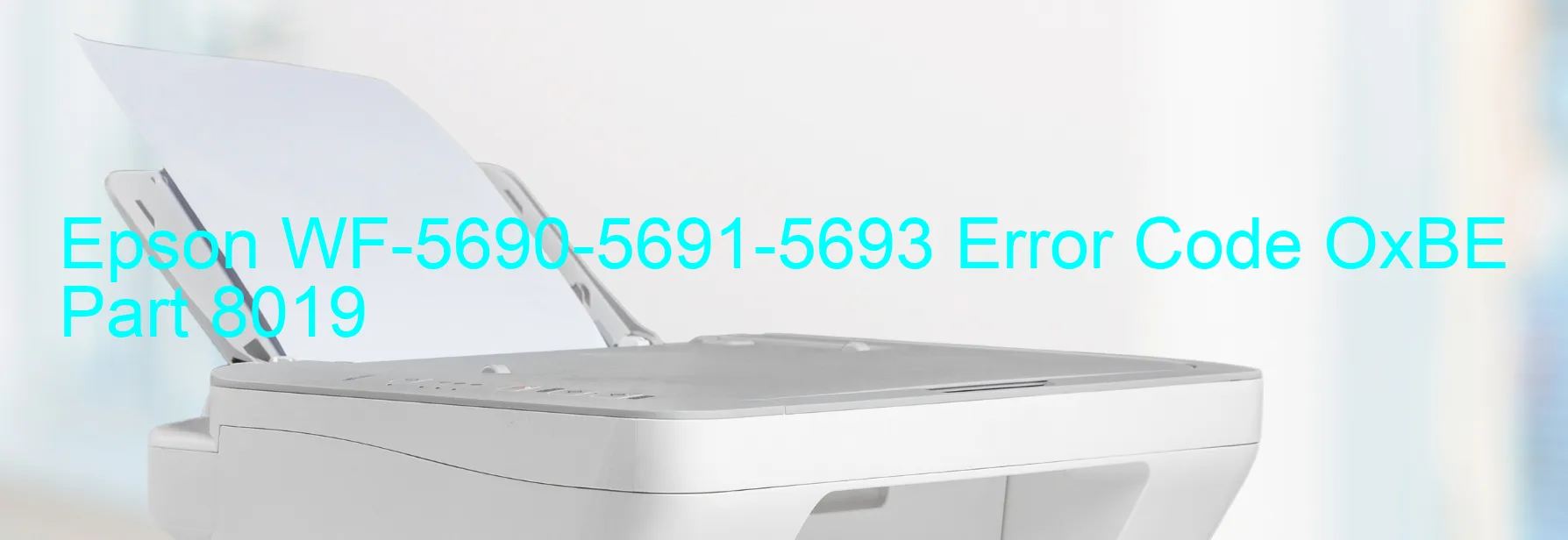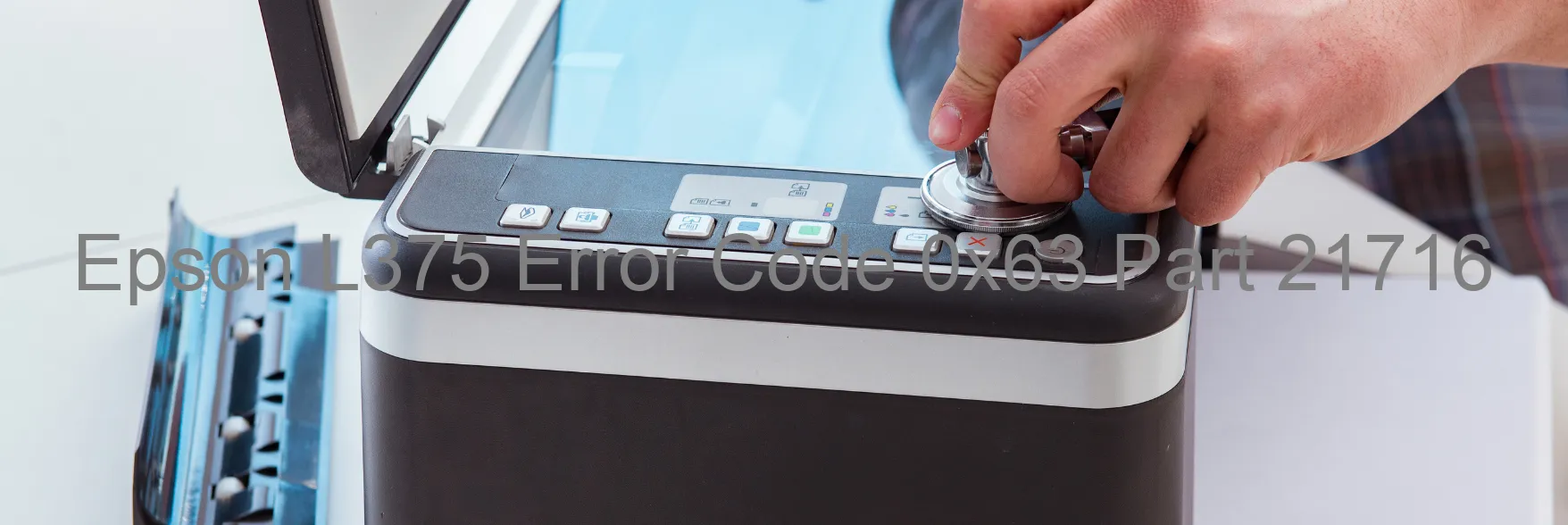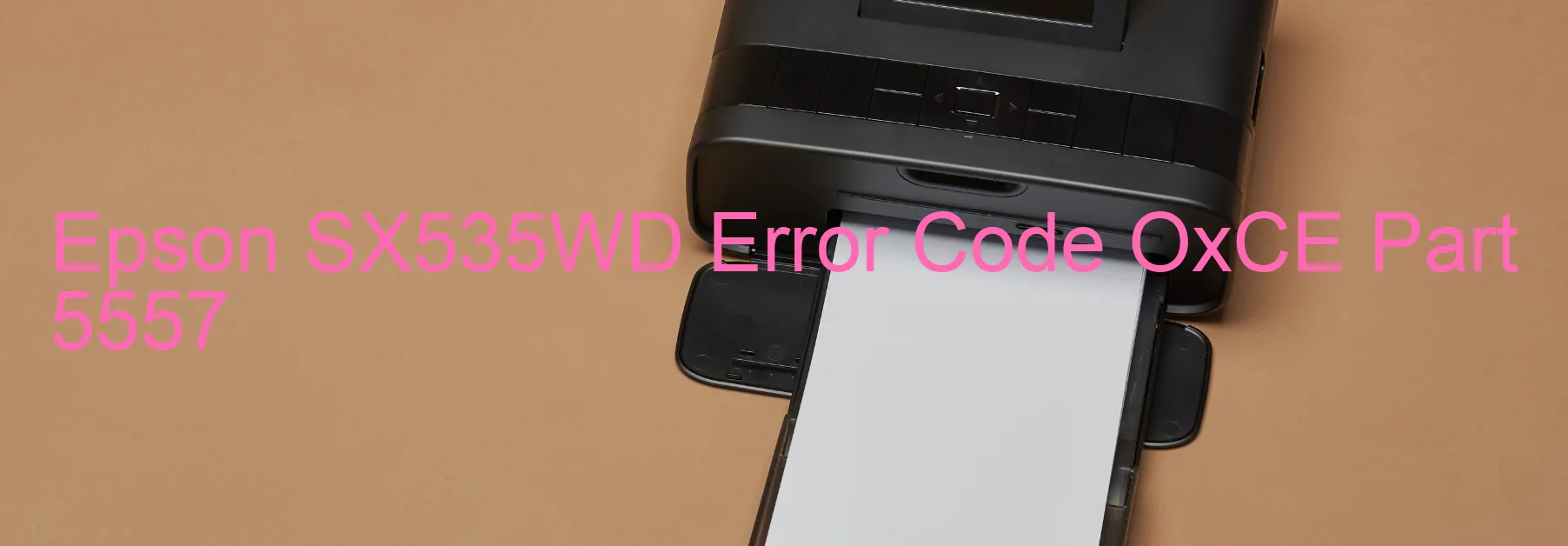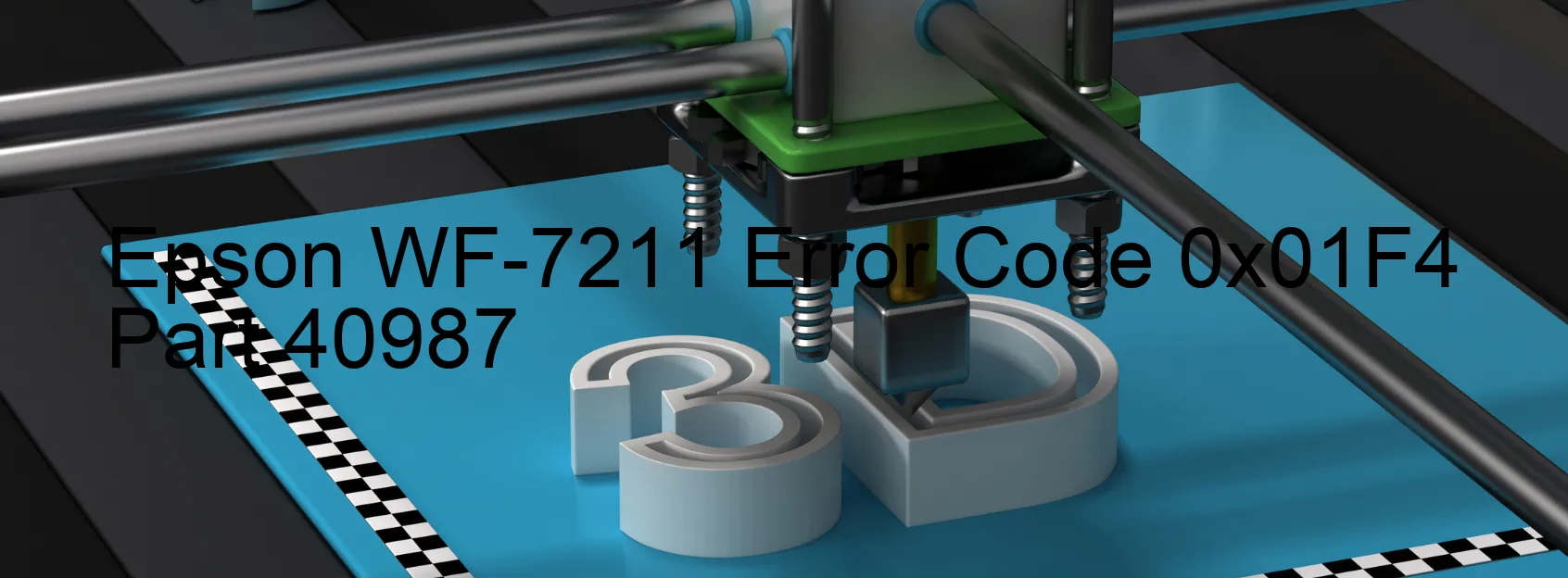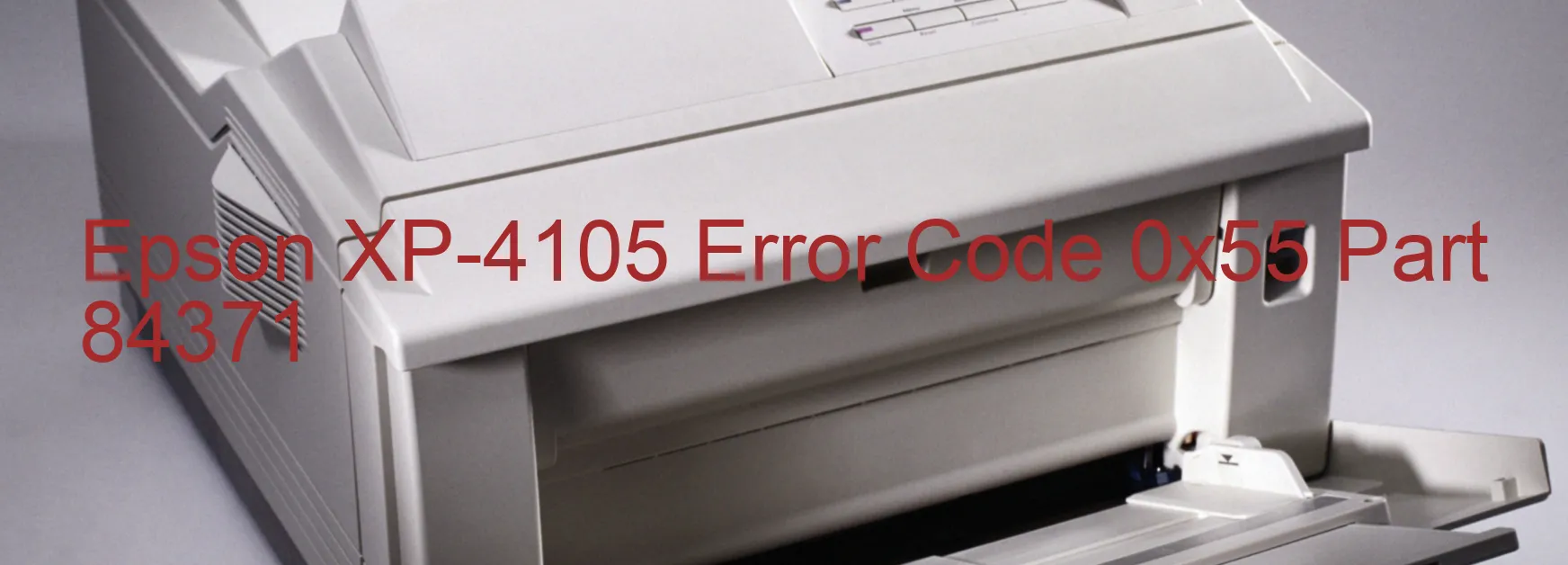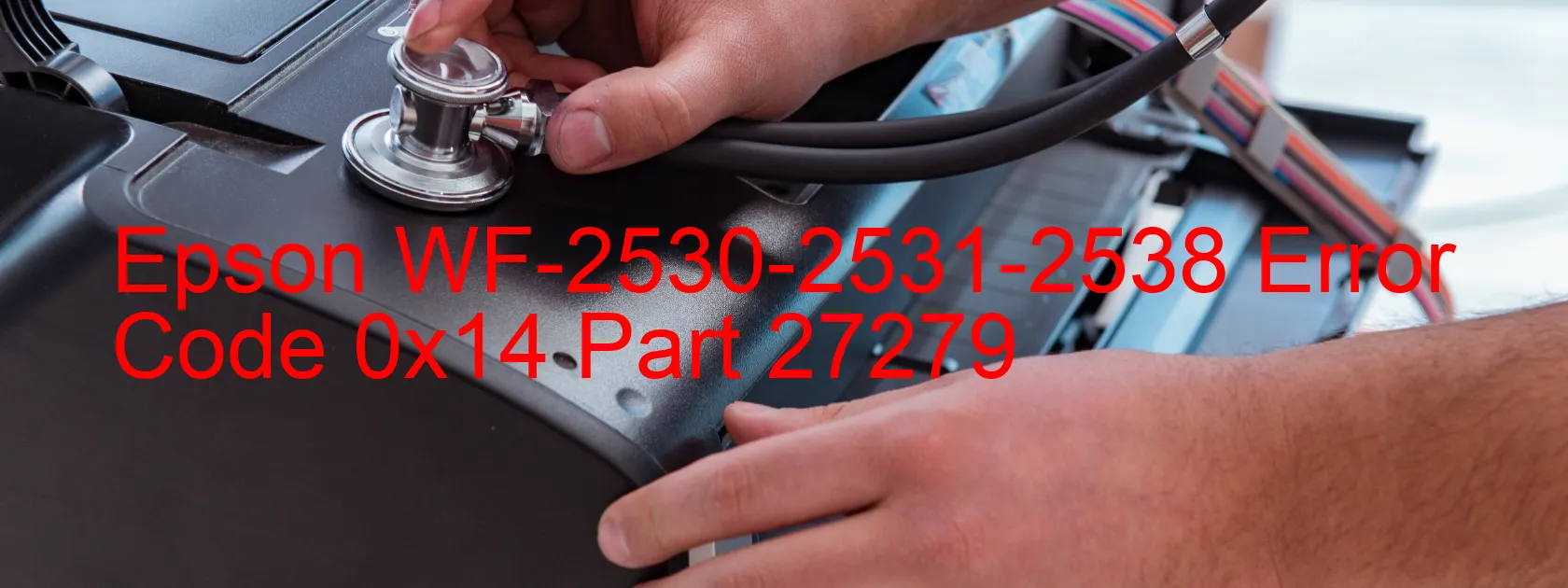Epson PX-502A Error OxOA

Epson PX-502A is a highly efficient printer widely used for various printing tasks. However, like any other electronic device, it may encounter certain errors that hinder its performance. One such error is the OxOA display, which indicates a CR LOAD POSITION excess load error. This error occurs when there is an issue with the CR (Carriage Return) mechanism.
The CR LOAD POSITION excess load error can be caused by a few different factors. One possibility is an encoder failure, where the sensor responsible for detecting the position of the carriage malfunctions. Another potential reason could be a motor failure, where the motor that drives the carriage movement stops working properly. Additionally, the error may occur due to carriage overload caused by excessive weight or obstruction in the carriage’s path.
The timing belt, which is responsible for regulating the movement of the carriage, can also contribute to the OxOA error. If the timing belt is too loose or skips teeth, it can disrupt the carriage’s correct positioning, leading to the excess load error.
Moreover, cable or FFC (Flexible Flat Cable) disconnections can also trigger the OxOA error. If the connection between the printer’s components and the control unit is loose or improper, it can affect the carriage’s movement and cause the excess load error.
To troubleshoot this error, several steps can be taken. Firstly, check for any obstructions or excessive weight on the carriage and remove them if found. Additionally, examine the timing belt for any signs of wear or improper tension. Tightening or replacing the belt, if necessary, might resolve the error. Furthermore, ensuring all cables and FFCs are securely connected is essential.
If the problem persists after troubleshooting, it is recommended to seek professional assistance or contact Epson’s customer support for further guidance.
| Printer Model | Epson PX-502A |
| Error Code | OxOA |
| Display on | PRINTER |
| Description and troubleshooting | CR LOAD POSITION excess load error. CR encoder failure. CR motor failure. Carriage overload. Tooth skip or improper tension of the timing belt. Cable or FFC disconnection. |
